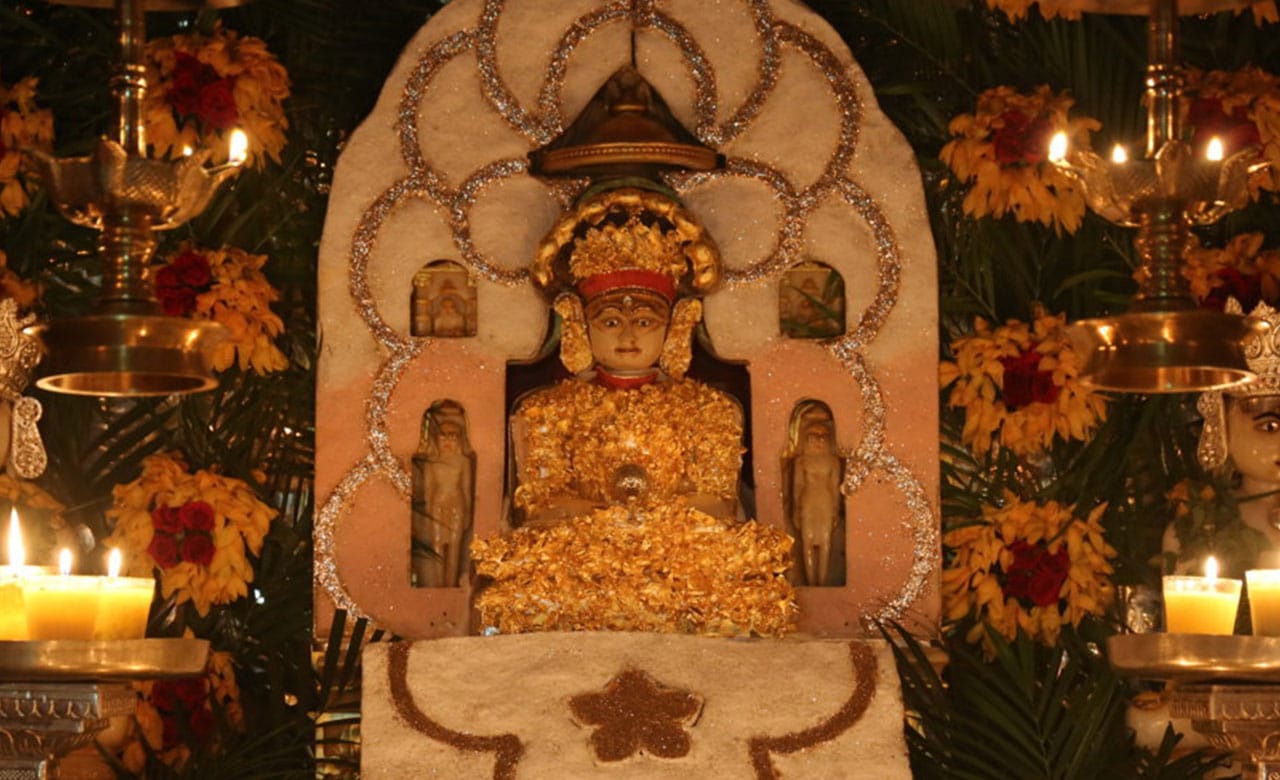
Spirituality
Celebrating Gurus – Shree Parshvanatha Prakat Divas
The only Tirthankar who gained the title of Kalikal Kalpataru, Shree Parshavanath is popularly seen as the propagator and reviver of Jainism. In this blog, we take a brief look at his life, his work and the teachings he left us with.
Important Facts –
One of the earliest Tirthankaras acknowledged as a historical figure, the Jain texts place Shree Parshvanatha between the 9th and 8th centuries BC. A Tirthankara is a person who has succeeded in crossing over the cycle of life and death, rebirth and Karma. Also known as saviours, these people, after crossing over themselves, show the path to others as well. The second last Tirthankara, Shree Parshvanatha was born 273 years before Mahavira. Born in Benares, he renounced worldly life and founded an ascetic community. The two major sects in Jainism, Shvetambara and Digambara differ on the teachings of Shree Parshavanatha and Shree Mahavira and this is also the foundation of dispute between these two sects. (More on this later).
Before Renunciation
Born on the tenth day of the waning moon, in the month of Pausha, Shree Parshavanatha belonged to the Ikshvaku Dynasty. His parents were King Ashwasena and Queen Vamadevi of Varanasi. Queen Vamadevi dreamt 14 auspicious dreams, signalling the birth of a Tirthankara. According to the Jain texts, the thrones of the Indras shook when he was born and the Indras came down to earth to celebrate his janma-kalyanaka (his auspicious birth).
Jain texts state that he ruled as the god Indra in the 13th heaven of Jain cosmology before his birth in human form.
He was born with blue black skin and a strong handsome boy. He had a deep understanding of the elements of water and earth and played with them. He lived as a prince and soldier in Varanasi. Both the Jain texts have different versions of his marital status so we won’t be diving into that. He was however from the age of 12 itself performing all duties of an adult Jain householder.
Renunciation
At the age of 30, on the 11th day of the waxing moon phase of Pausha month, he renounced the world and became a monk. He removed his clothes and hair and began fasting strictly. After meditating for 84 days, he achieved omniscience under a tree near Benares. His meditation period included strict vows and asceticism. His practices included careful movement, measured speech, guarded desires, mental restraint and physical activity, essential in Jain tradition to renounce the ego.According to the Jain texts, lions and fawns played around him during his asceticism. This is very interesting because we have found highly spiritual people always attract animals and the primal instincts of animals change in front of such people. Swami Ji has also mentioned in one of his live sessions that one of the signs of spiritual people or people who have been spiritual in their previous lives is that animals are always fond of them. Maybe animals see in them the piousness and purity of their aura along with the infinite compassion that overflows these beings.
On the 14th day of the moon’s waning cycle in the month of Chaitra (March–April), Parshvanatha attained omniscience. Divine beings built him a samavasarana (preaching hall), so he could share his knowledge with his followers.
After preaching for 70 years, Parshvanatha attained moksha at Shikharji on Parasnath hill at the age of 100 on Shravana Shukla Saptami according to the Lunar Calendar. His death is considered moksha (liberation from the cycle of birth and death) in Jain tradition and celebrated as Moksha Saptami.
His Main Teachings
His main teachings were Ahimsa (non-violence), Aparigraha (non-possession), Asteya (non-stealing), and Satya (non-lying).
While non-violence, non-lying, non-stealing are easier to accomplish, it is the non-possession people struggle with. Here, it is important to remember, that even Shree Parshavanatha was a prince before he renounced everything and he possessed all the world’s luxuries. It was this factor that helped him renounce all of it and achieve all his teachings. This is where the teachings of Tantra also come in, that tell us to first achieve the material bliss we are looking for so that the transition to spiritual wealth becomes easier. While different people might have different perspectives on this, the simpler you make it, the easier it will be to understand.
We hope this blog helped you understand the life and teachings of Shree Parshavanatha. In case of any queries, write to us at info@chamundaswamiji.com
Post a Comment
-
Subscribe to Our Blog
-
Categories
-
Popular Articles
- Dead moth in the house. What universe is trying to tell you?
- Spiritual Meaning of Moth
- Vivah Bandhan Curse – What Is It and How to Spiritually Heal It.
- The Dasa Mahavidyas
- What are Beej Mantras?
- Tripura Sundari | The Dasa Mahavidya
- Maa Bhuvaneshwari | The Dasa Mahavidyas
- The Five Shades of Tantra
- Ramakrishna Paramhansa – The Man who almost became a Woman
- Bangles – A Forgotten Tradition – Their Spiritual and Health Benefits



